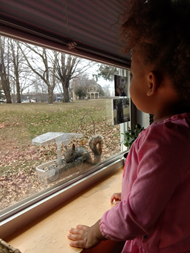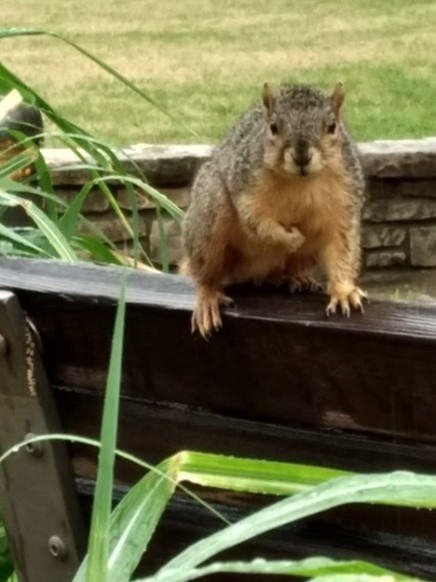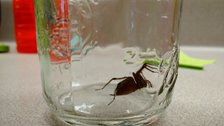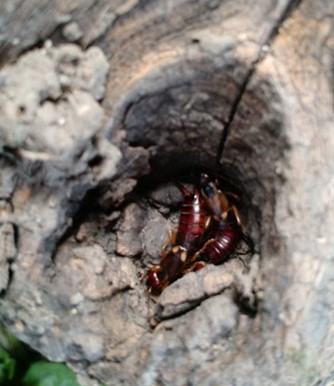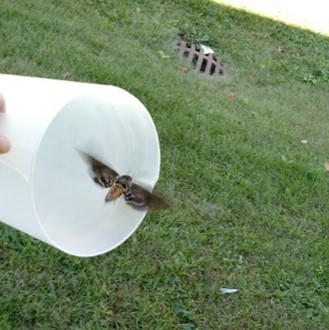10 Tips for Finding Nature to Bring into Your Classroom
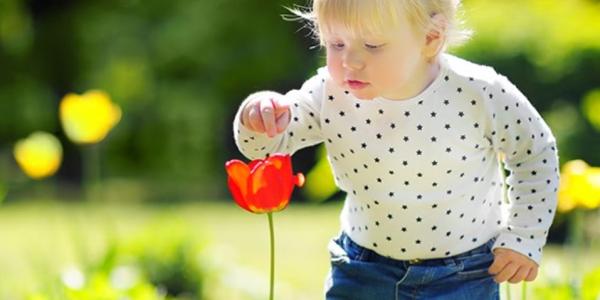
In our article, “Exploring Nature Indoors with Observational Drawing and Scientific Thinking,” which appears in the Fall 2021 issue of Teaching Young Children, we write about what observational drawing is and how early childhood educators can use this practice in early learning settings. Observational drawing helps children develop science skills and knowledge. To spark children’s noticing, wondering, and drawing, we need appealing and concrete objects. Nature provides just those objects, usually for free and with just a bit of preparation.
Here, we share 10 tips for finding nature-based objects to prompt curiosity, questioning, observation, and learning. But first, we want to remind you to be safe! Make sure that wasps’ nests are empty, birds’ nests are not being used, plants are not poisonous, and you can keep alive any plant, pet, or specimen you adopt.
Also consider your own feelings and potential biases: Do insects gross you out? Are you comfortable handling a scientific specimen? Do you shy away from messiness? Once you recognize and sort through your feelings about nature, you can more fully plan and support children’s interests in nature-based materials and experiences.
-
Take a closer look and don’t be afraid to get dirty. By getting closer to the earth, you are more likely to see, smell, touch, and hear what once may have been invisible to you. In turn, you can draw children’s attention to something exciting. Nature doesn’t have to be huge—or far away—to be impactful. Find a place where you can dig up a moist section of earth that is covered in grass. Take a large shovel full in a tub into your room and put it on a table with tools and magnifying glasses for the children. Nature’s treasures will unfold!
-
Take a walk with the children around your outdoor play space. As you and the children walk, encourage them to use their senses to notice what’s around. Have each child carry a small paper bag to gather some samples—rocks, stones, sticks, leaves, a section of earth, an abandoned nest, seeds, pods, wood chips, or bark. You can also put a piece of tape around each child’s wrist, sticky side out, to collect leaves, blossoms, or other small treasures. There is nature all around us. You can’t always take nature with you, so also bring a digital device to take photos or videos to refer back to during your exploration time in the classroom.
-
Put the word out! Social media can be an amazing tool for finding natural treasures. We have posted messages like, “I am a preschool teacher in search of seashells for my classroom. Does anyone have some they can donate for us to explore?” Don’t forget about families in your program: they may have a wonderous nature object to share. That’s how we got an enormous, abandoned wasps’ nest that sparked a lot of curiosity and investigation.
-
Attract wildlife visitors with bird seed. Put out a bird feeder filled with bird seed, and your class will see many different visitors (not just birds). Place the bird feeder near a window so that children can continue their observations throughout the day.
|
|
|
|
-
Dissect owl pellets. Owl pellets are inexpensive (usually $3.00 each but sometimes free if you know where an owl may roost), safe, and an amazing example of the food chain. With guidance, children can find bones from a variety of mammals such as mice, voles, and moles. Owl pellets that are purchased are sanitized by baking at a high enough temperature to kill germs and bacteria. If you are in an area where you have access to owl pellets (wooded areas, old barns, rural areas), then you can collect and sanitize them yourself. Visit the International Owl Center website to learn how and to download a free bone sorting chart. Want to learn even more? Visit Science Bob, watch Science U’s “What is in an Owl Pellet?” or buy materials at Pellet’s Inc.
-
Connect with a florist. Store-bought flowers can be costly, but a florist might be willing to donate their damaged or unsellable flowers instead of throwing them away. Alternatively, grocery store florists often have less expensive bouquets of daisies or carnations, if you’re able to spend a little money.
-
Plant seeds. A bag of soil, cups, and pinto beans offer the opportunity to observe the miracle of growth and nature with children. Pinto beans are inexpensive and grow quickly, which means that children will observe noticeable changes over a short period of time. There are several different ways you can do this with children. Our favorite way is to place a couple of dried pinto beans in a wet paper towel in a clear sandwich baggie. You can experiment by putting another bag in the dark, one with a dry paper towel, and one with soil instead of a paper towel. Then, ask children to observe, discuss, and record the differences while the beans grow.
-
Don’t squash that bug! Peeking behind furniture or searching in the corners of rooms, children are likely to find a spider or other small insect life. Encourage children to get a magnifying class to examine the bug up close, or ask a teacher to get a piece of paper and a cup to gently catch the bug. It can then be transferred to a clear container for children to continue their observations. Help the children identify the bug using books or a website like www.whatsthatbug.com. To read more about how Kendra guided a group of 2 and 3 years olds through an insect exploration, read “Discovering the World of Insects on the Playground.” And for even more ideas to explore the world of bugs with children, check out PestWorld for Kids.
|
|
|
|
-
Connect with local and state groups for resources. Staff at local and state organizations may be equipped to bring in nature objects and activities. They
 may even have funding or other ways to cover costs associated with nature-based experiences. For example, the Illinois Department of Natural Resources has resources such as borrowing boxes, grants, free posters, learning packets, and schoolyard habitat grants. It is worth checking out if your state’s department of natural resources might offer resources for your young learners.
may even have funding or other ways to cover costs associated with nature-based experiences. For example, the Illinois Department of Natural Resources has resources such as borrowing boxes, grants, free posters, learning packets, and schoolyard habitat grants. It is worth checking out if your state’s department of natural resources might offer resources for your young learners.
-
Look for beauty in nature to engage children in observational drawing. Think about what you find beautiful and draws your eye in nature. Perhaps you are drawn to shimmering sea stones, the intricacies of a bird’s nest, the lines in driftwood, or a bouquet of wildflowers alongside the road on your way to work. If it’s catching your eye, it will probably catch children’s eyes too. Introducing what the beauty of nature to children will create an excellent opportunity to practice observational drawing. It will foster opportunities for them to gain a deeper appreciation for nature and scientific exploration. For example, Kendra (author) saw daisies at her local market, thought they were beautiful, and hoped maybe her children would think so too. You can read about how Kendra used the daisies for observational drawing in our article, “Exploring Nature Indoors with Observational Drawing and Scientific Thinking.”
Kendra Nenia, MEd, has been in the field of early childhood education for 27 years. She has worked in a wide variety of roles and places. She currently works at Northern Illinois University’s Child Development and Family Center as a preschool teacher, where she has taught for 16 years. She enjoys presenting to her fellow teachers about the project approach, art process with young children, and early childhood pedagogy.
Melissa Clucas Walter, PhD, is an assistant professor of human development and family sciences with an emphasis in child development at Northern Illinois University. Her research broadly focuses on embedded learning opportunities for children within their natural environments. She recently completed a study exploring how the project approach can be used in preschool classrooms to facilitate science learning opportunities for children.

